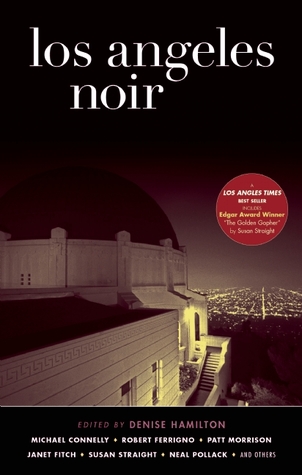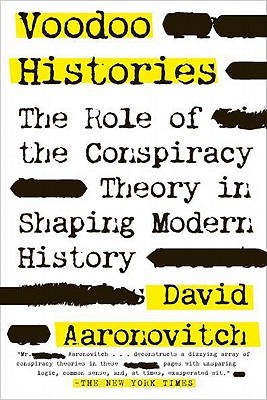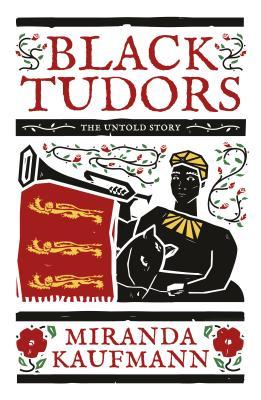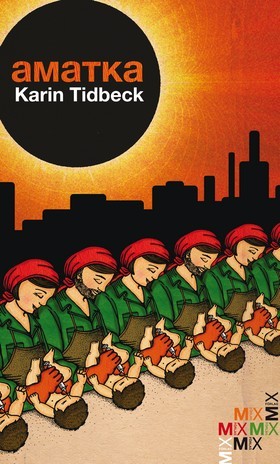I was already familiar with Akashic’s Noir series when a friend included Los Angeles Noir—completely unprompted—in a care package she sent me over the summer. After textbooks and thorny, hundred-year-old Swedish, I needed something light to take the edge off during the holiday. Noir short stories seemed like just the ticket.

Editor: Denise Hamilton
My GoodReads rating: 2 stars
Average GoodReads rating: 3.66 stars
Language scaling: B1/B2
Summary: A collection of noir short stories set in Los Angeles.
Recommended audience: Fans of crime and thriller fiction; people with a soft spot for Los Angeles
In-depth thoughts: Much as I’ve sung the praises of short stories elsewhere, they’re not my favorite genre to read. Nor am I much of a crime or noir fan. Still, there were a couple I really enjoyed.
My friend sent it in the care package on account of “Koreatown,” by Naomi Hirahara, which takes place primarily at a Korean-style spa, and probably equally for our shared love of Korean spas as for the story itself. (It was a good story. I didn’t see the twist coming and actually said, out loud, “Holy shit!”)
Otherwise, the only other stories I really liked, from beginning to end, were Patt Morrison’s “Morocco Junction 90210,” a mystery behind a woman’s stolen, then found, jewels, and “Fish,” by Lienna Silver, about truth and friendship. There were moments “Golden Gopher” (Susan Straight) that really worked for me, but ultimately I liked the protagonist better than the plot. Some stories felt bloated and unwieldy; some were short and trim but too nihilistic for my taste (“That’s noir,” you can fairly point out, and you’d be correct); and some protagonists were just a little too anti-hero and unlikable (again: “That’s noir.”)
Still, as a collection of contemporary popular writing it’s perfect for EFL students. Learners with a penchant for crime writing would enjoy this, and might enjoy seeing if Akashic has a collection for a city they know well or want to visit.



